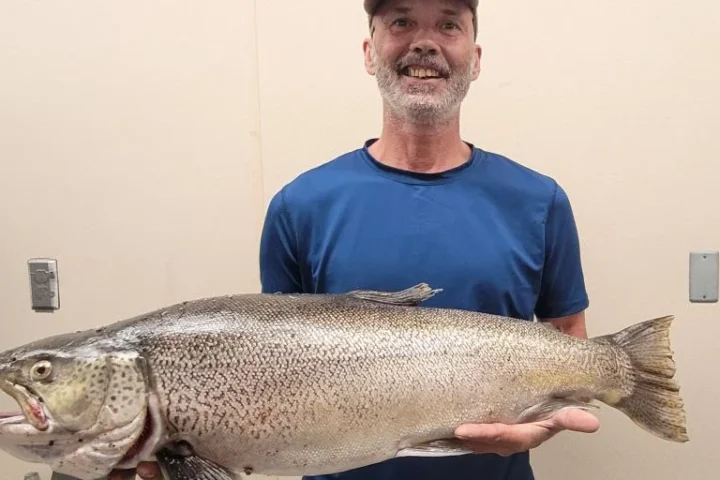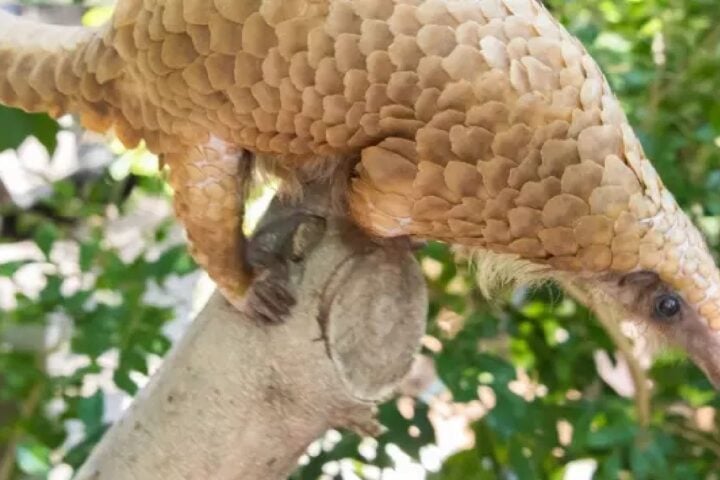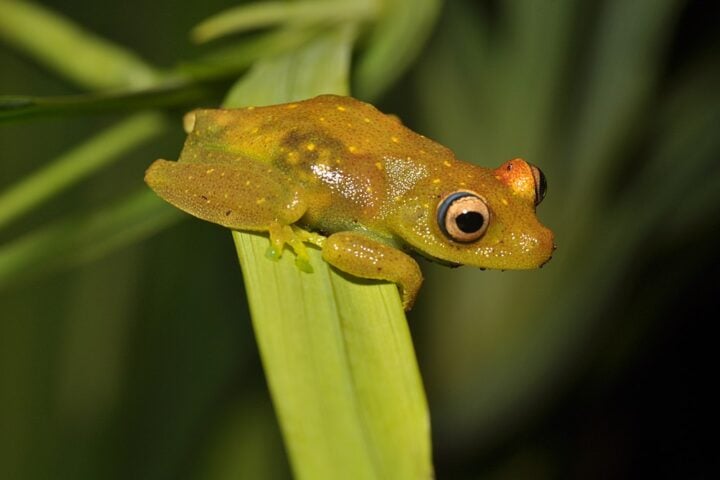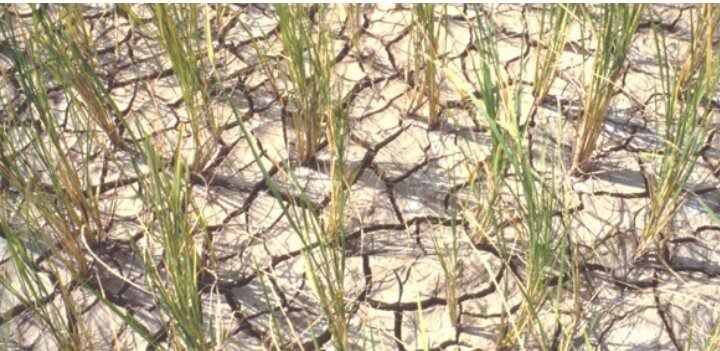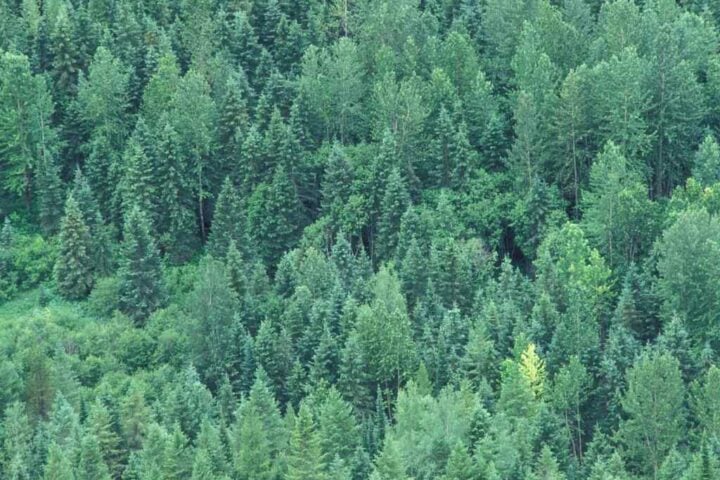An unseen ecological battle is being waged in Florida. Yet, its effects are so massive that it can be glimpsed from the stars. Lake Okeechobee, Florida’s largest freshwater reserve and the United States’ 10th biggest natural freshwater lake, has been enveloped in a toxic blanket of blue-green algae, or cyanobacteria, impacting more than 60% of its area by mid-July 2023.
Initially spotted on June 12, 2023, from NASA’s Operational Land Imager-2 (OLI-2) aboard Landsat 9, the coverage was already over half the lake’s surface area. The bloom size burgeoned, measuring 420 square miles by July 4th and 440 square miles just a week later, translating to a detrimental grip over nearly 60% of this vital freshwater resource.
Cyanobacteria, simple photosynthetic organisms, proliferate swiftly in stagnant, nutrient-rich waters. Their presence signals an environmental imbalance, where essential nutrients such as phosphorus and nitrogen reach perilous levels. This overwhelming growth, known as a bloom, can paint the waters in vibrant hues while forming malodorous mats that defy aesthetic appeal.
The greater issue lies within the toxins they produce – most notably microcystin. Identified in samples taken from Lake Okeechobee on June 17, microcystin poses significant risks to both human and animal health, provoking skin irritation, liver and kidney damage, and potentially deadly neurological effects. In fact, alarming symptoms observed in Cape Fur seals in South Africa have been attributed to algal toxin exposure.
Repeated warnings by the Palm Beach County Health Department to avoid contact with bloom-affected waters underscore the severity of the situation. Yet the rapid proliferation of the algal bloom also calls into question the adequacy of current preventive measures and nutrient management strategies. The lake has faced recurring algal blooms, with one in 2018 prompting a state of emergency in seven Florida counties.
Similar Post
Florida’s fight against the algal bloom isn’t just about preserving the picturesque beauty of Lake Okeechobee. It’s a confrontation with the systemic ecological mismanagement driving these toxic blooms. From farming runoff rich in phosphorus and nitrogen to rising water temperatures exacerbating algal growth, we must critically analyze our impact on this intricate ecosystem.
Although the immediate issue may seem local, it points towards a global crisis. With climate change expected to exacerbate such harmful algal blooms, the situation unfolding at Lake Okeechobee could serve as an urgent forewarning of larger-scale disasters in the offing. It’s a call to action for governments, scientists, and individuals to address the complexities of nutrient pollution, water management, and climate change.
Ultimately, this algal invasion signals that our battle for environmental equilibrium is far from over. Just as these blooms are visible from space, the solutions must be broad, encompassing our place within the Earth’s delicate ecosystem. Combating the cyanobacteria crisis thus requires not just local action but global introspection about our relationship with nature.


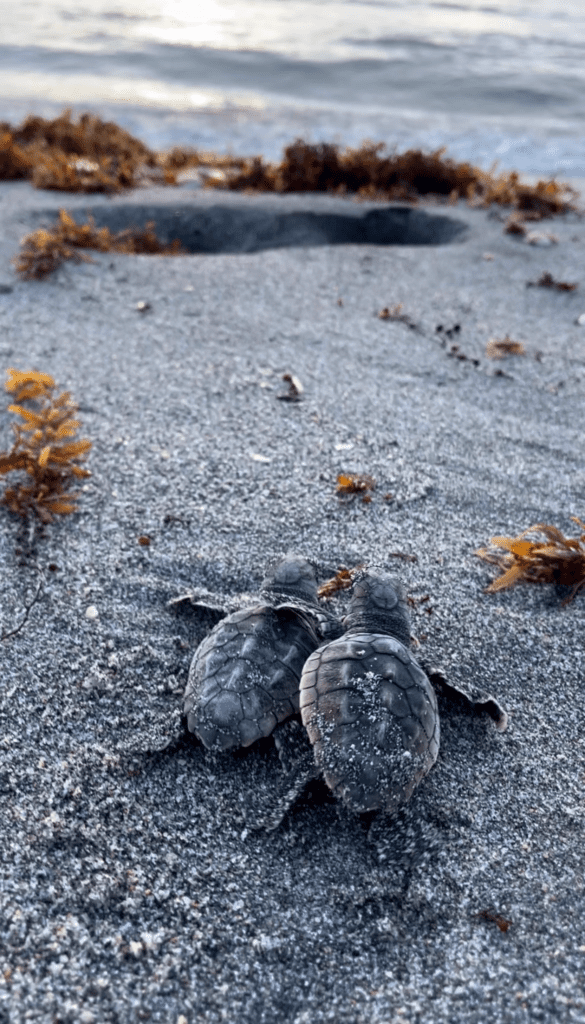






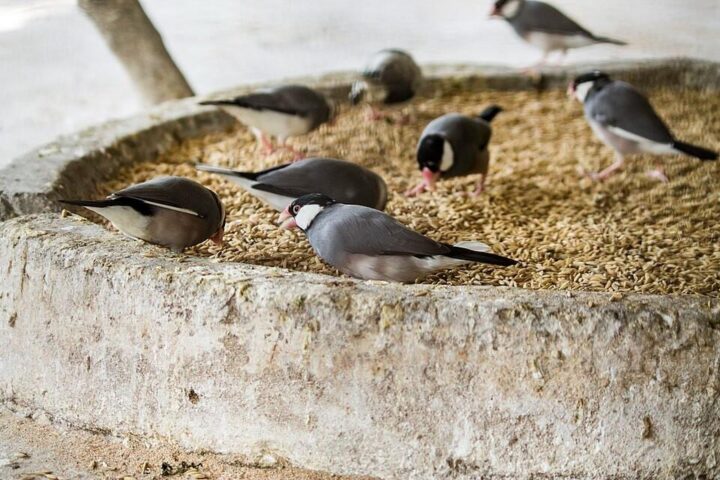

![A male [[Great white shark]] off [[Isla Guadalupe]], [[Mexico]]. Along with many [[Mackerel scad|Mackarel scads]] seen in the background. Photo Source- Terry Goss (CC BY-SA 3.0)](https://www.karmactive.com/wp-content/uploads/2025/06/White_shark-720x480.jpg)

